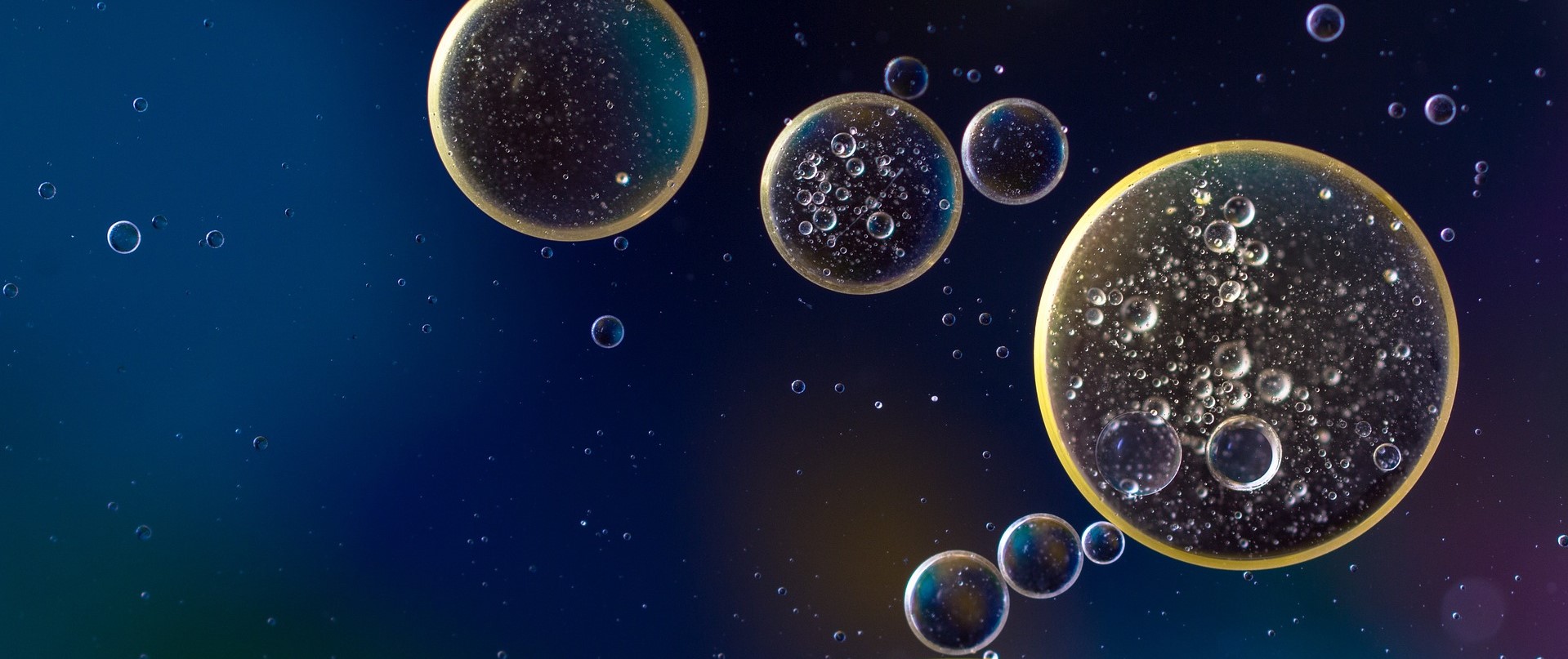Bile Acid Diarrhoea
Bile acids (BA) are produced in the liver and secreted into the small intestine where they help in breaking down fat into small molecules for absorption into the body. 95% of the BA in the small intestine (ileum) is reabsorbed and recycled by the liver for use again.
Graph below shows that the amounts that are typically produced in the adults (1).

Bile Acid Diarrhoea
Bile Acid Diarrhoea - as the name suggests - is diarrhoea caused by excessive bile acids in the large intestine.
The large intestine is where water is absorbed and the fecal matter is bulked up (both due to water absorption and also due to the digestion of food products by the gut microbiome.
Particular bacteria remove certain components from the bile acids making secondary bile acids. In the large intestine, colon, these secondary bile acid cause the electrolyte and water to be secreted from the cells into the colon, causing the large intestine to move faster, thus decreasing the amount of time contents in the large intestine pass through. When there is a large amount of these secondary BA present, it can cause bloating, gas production and diarrhoea.
Those with Bile Acid Diarrhoea can have frequent episodes of diarrhoea (more than 5-6 times a day at times).
It is thought that a third of those with IBS-D and 1% of the general population has BAD.
Causes of Bile Acid Diarrhoea
There are two thoughts from what I can see regarding what causes BAD.
1. That there is a problem in absorption of the bile acid from the large intestine (thus this used to be known as Bile Acid Malabsorption (BAM) - some researchers are saying this is inaccurate and no longer relevant.
2. that there is an overproduction of bile acid due to impaired feedback from the large intestine to the liver, thus the liver produces more bile acid than what can be recycled back
Interestingly, I also read an article where it is thought that there is low amounts of certain bacteria that may be involved in the breakdown of primary bile acids to secondary bile acids.
Below are some situations where BAD is likely present:
- those with Crohn's disease: both with resection or without
- those who have their gall bladder removed
- those with issues with their pancreas
- those with SIBO (small intestinal bacterial overgrowth).
Test for Bile Acid Diarrhoea
There are two tests done to see if one has bile acid diarrhoea
1. The SeHCAT test - not readily available
2. 7-alpha-OH-4-Cholesten-3-one (C4) test: a blood serum test for raised bile acid component.
Reference.
1. Hofmann A.F. (2009a) Bile acids: trying to understand their chemistry and biology with the hope of helping patient? Hepatology 49: 1403–1418 https://pubmed.ncbi.nlm.nih.gov/19296471/
2. Walters J (2010): Managing Bile Acid Diarrhoea: Therap Adv Gastroenterol (2010)Nov. 3(6): 349-357 https://www.ncbi.nlm.nih.gov/pmc/articles/PMC3002596/
